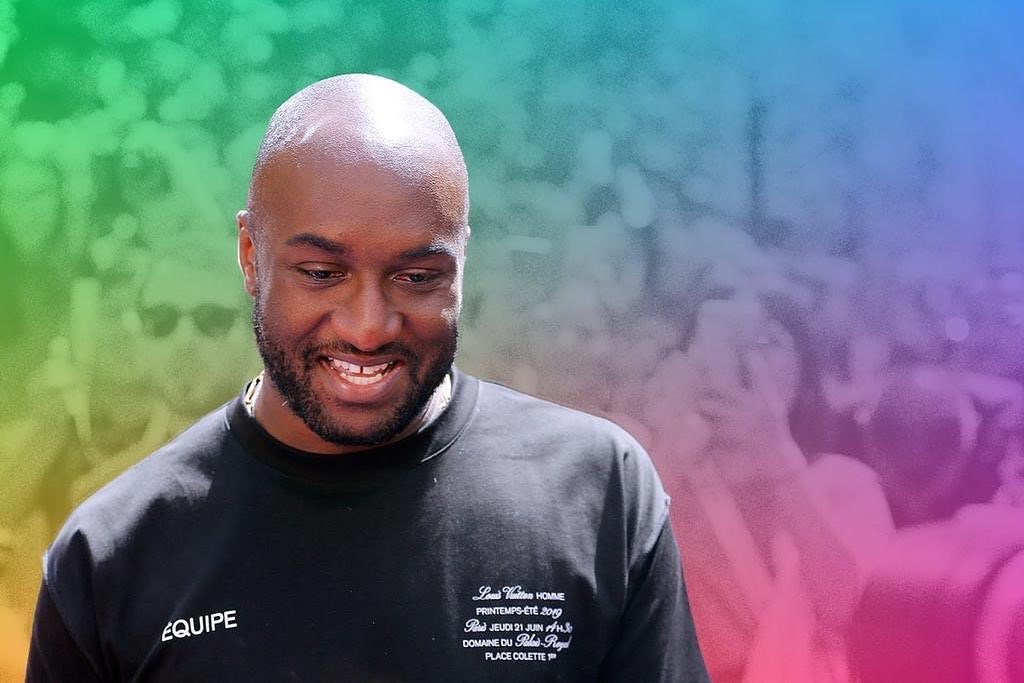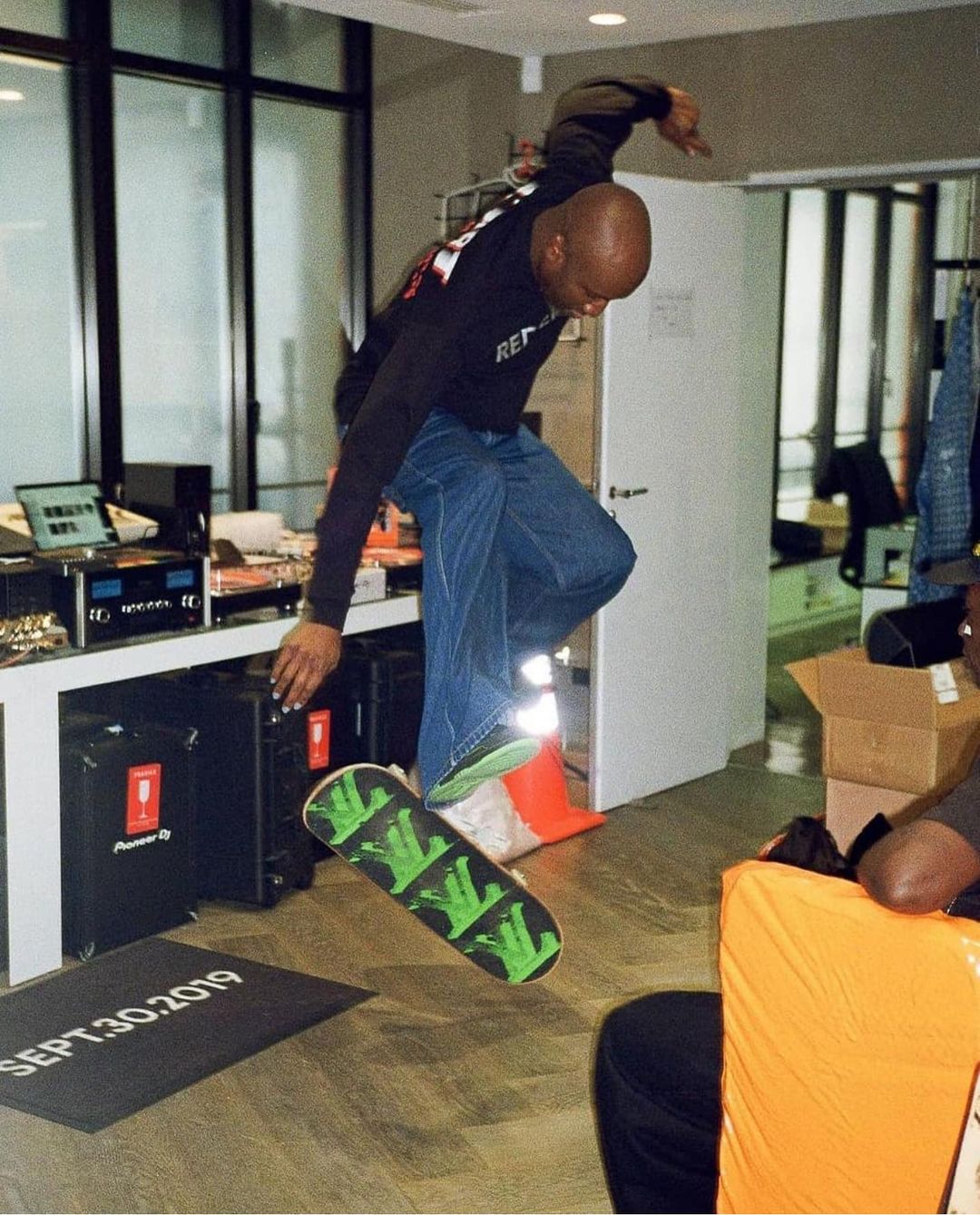
Three years after the creative visionary’s sudden passing, writer Juliette Eleuterio reflects on the enduring impact of his legacy as a generational trailblazer.
@virgilabloh

“You never want to be in a space where you’re not training your brain.” That is one of the few quotes I jotted down during a university class in which Virgil Abloh came and talked to us, merely four months before he passed away.
Gone at the age of 41 after a two-year battle with cancer, the announcement of his passing felt surreal. How could a man with such great potential be gone? He was a force of inquisitive creativity, an inspirational multi-hyphenate who, perhaps, had embarked on his greatest adventure yet at Louis Vuitton, having been appointed as the menswear artistic director less than four years prior. Despite his private battle with cancer, Abloh continued to embrace life as a true creator, spending his final days designing the French House’s Spring/Summer 2022 collection.
It’s hard to sum up Abloh’s lifework in just a few words. Though he didn’t label himself a designer, he designed… a lot. Clothing, perhaps most famously, despite studying architecture at the Illinois Institute of Technology. He also designed Ikea clocks and furniture, a Mercedes-Benz car, an Evian bottle, Rimowa suitcases, the virtual game Endless Runner, a brick and matcha lattes – when we say Abloh’s creativity knows no bounds, that’s what we mean.
I first became aware of Abloh as a teenager, during the height of Off-White™, when everyone knew someone that had that yellow belt. But Off-White™, and the meteoric rise of the designer behind it, had been a long time coming. Before that came PYREX Vision in 2012, a stint at Fendi in 2009 alongside his long-time friend and collaborator Kanye West, which eventually led to Abloh leading West’s creative agency, Donda, in 2010.

@virgilabloh

Yet to call Abloh simply a creative – even an incredibly successful one — would be reductive. Behind the LVMH contracts and the nights he spent DJing (yes, he did that, too) was an outsider-turned-insider. Abloh rose to prominence during the “streetwear craze” of the 2010s, only to dismantle the term and dissolve the boundaries that kept streetwear apart from luxury fashion, integrating the two to the point of non-differentiation. Becoming the first Black man to head a Parisian House is a monumental feat that is forever etched in the fashion history books, and his adaptation of the Louis Vuitton brand is, too.
French heritage met Black culture at Louis Vuitton in a way it never had before, with Abloh’s vibrant fabrics designed to flatter darker skin tones. Now a forerunner for this year’s Met Gala pick, his Fall/Winter 2021 collection particularly stands out as a grand-scale, high-end luxury representation of Black excellence. Through his work at Louis Vuitton, he inspired countless young Black designers working in an industry which has historically served the White upper class. Notably, Bianca Saunder said on the topic: “It gave me an idea of where the glass ceiling could actually go.”
Through mentorships or casual WhatsApp conversations, whether you were a student or an established industry person, Abloh always uplifted others in their creative paths. Talent was talent to Abloh, regardless of credentials. With everything he achieved in such little time, it seems as though Abloh lived many lives. He was a dreamer, who had the incredible ability to make others dream, too.
It is still an incredibly hard pill to swallow, to accept the fact that Abloh is no longer with us. Though, his legacy remains felt to this day, with his golden nuggets of wisdom still available for us to learn from and grow with.


